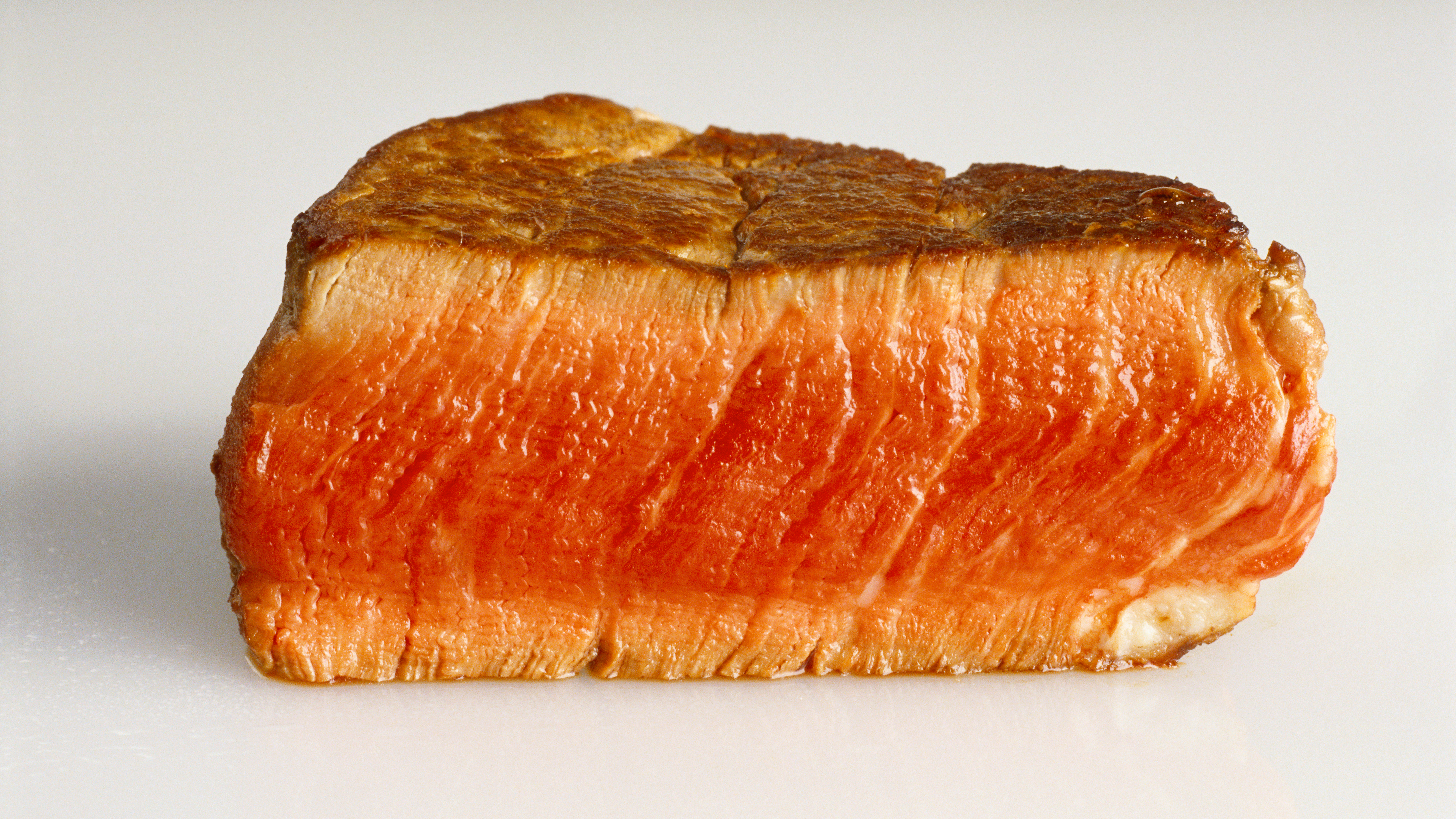Why Some Restaurants Purposefully Make Your Steaks Too Rare
We all have our weird food things. My husband won't eat fruit. I've had friends who hate hot beverages or melted cheese. And I have my issues with food items that don't appear to be dead enough. It could be because of my too-brief bout with vegetarianism, but I don't like being reminded that I am eating things that were once alive. So runny eggs, ham on the bone, and super-rare meat all have no place on my plate.
It turns out, I will never be able to order a steak in Manhattan. The New York Post reveals today the surprisingly logical reason that some restaurants hear "medium-rare" and go straight to "blue-rare." Meat costs are high and only getting higher, so if a diner sends their meat back for being overcooked, it goes straight in the bin. TBar Steak & Lounge owner Tony Fortuna tells the Post that "he spends $34 to buy a 24-ounce, dry-aged cut of rib-eye, and, if one customer finds their steak overcooked, 'we lose money on the whole table.'" Undercooked steak, however, can still be salvaged by being seared to the diner's particular doneness level.
Chefs point out that medium-rare (not my usual medium or medium-well) is the ideal state of your steak order: "Most chefs regard beef cooked to medium-rare—with an internal temperature of 130 degrees off the grill and 135 degrees after resting— as the best way to bring out flavor and retain moisture in tender cuts such as rib-eye and top loin. Unlike rare, medium-rare allows time for the outside to caramelize and develop a sear." But since your medium-rare order may now result in a too-rare steak, Post author Steve Cuozzo says that he now orders his steaks "medium-rare plus": "I find nothing works better than to say 'medium-rare-plus,' and reinforce it with, 'That's more than medium-rare but not medium.'"
Frankly, this all sounds very confusing. It may be time to give vegetarianism a try again.
